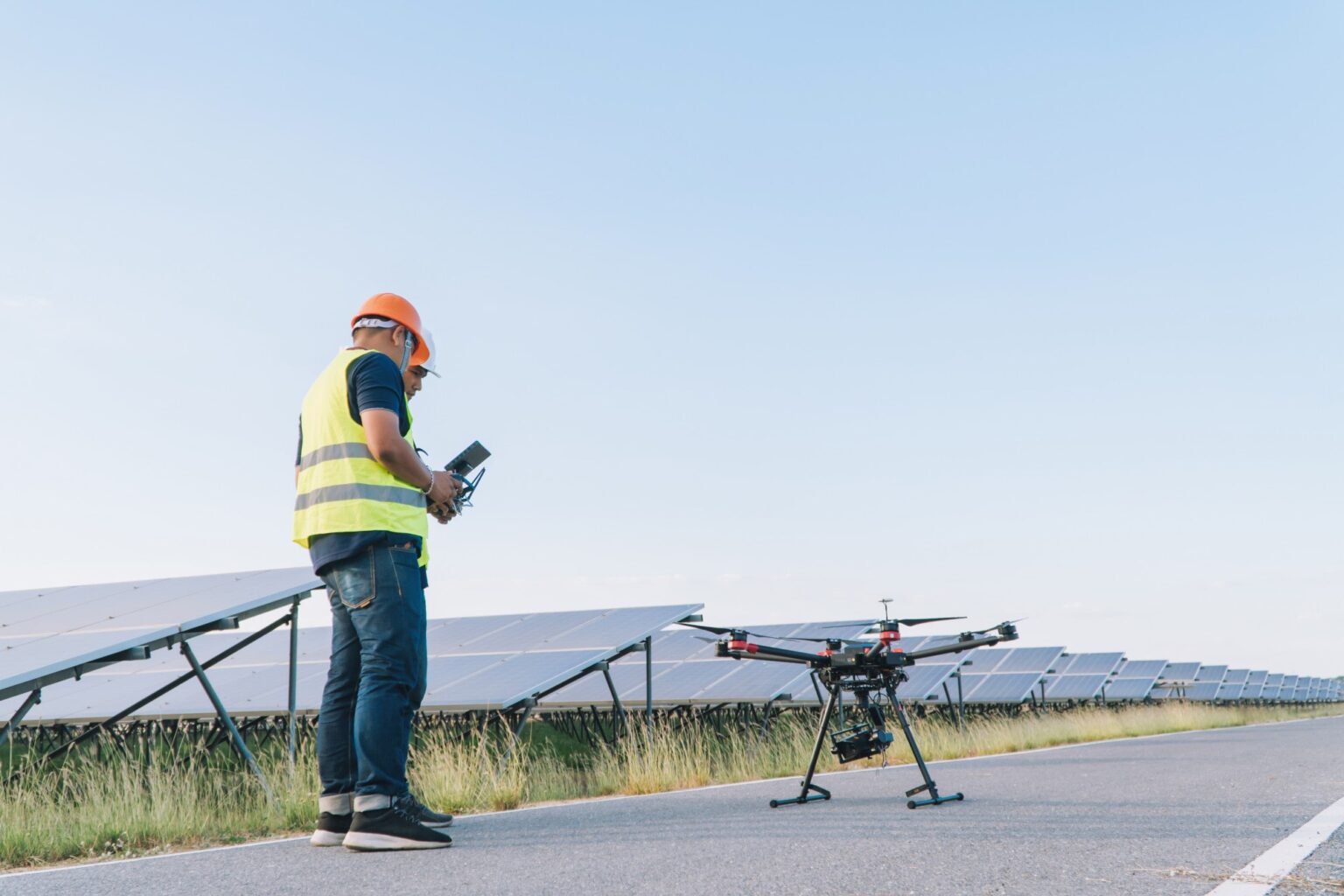Solar-powered drones, also known as solar drones or solar-powered unmanned aerial vehicles (UAVs), are drones that utilize solar energy as their primary power source. These drones are equipped with solar panels that capture sunlight and convert it into electrical energy to power their propulsion systems and onboard electronics. The integration of solar power in drones brings several advantages, including prolonged flight time and expanded application possibilities.
-
Extended flight endurance: Solar-powered drones have the ability to stay aloft for extended periods compared to traditional battery-powered drones. They can continuously recharge their batteries using solar energy, allowing for longer flight durations and increased coverage of large areas without the need for frequent battery replacements or recharging.
-
Enhanced operational range: The extended flight time offered by solar-powered drones enables them to cover larger distances and operate in remote or hard-to-reach areas. This makes them suitable for applications such as environmental monitoring, aerial surveys, agriculture, and infrastructure inspection, where long-range capabilities are essential.
-
Sustainable and environmentally friendly: Solar-powered drones utilize clean and renewable solar energy, reducing their carbon footprint and environmental impact. They offer a more sustainable alternative to conventional fuel-powered drones, contributing to reduced emissions and lower dependence on fossil fuels.
-
Versatile applications: Solar-powered drones can be used in various applications across industries. They are particularly beneficial for tasks requiring prolonged aerial surveillance, monitoring, and data collection. Examples include wildlife tracking and conservation, pipeline and power line inspection, disaster assessment, and mapping.
-
Cost-effective operations: Solar power eliminates or reduces the need for frequent battery replacements and recharging, resulting in cost savings for drone operators. Additionally, solar energy is freely available, reducing operational expenses associated with traditional power sources.
Despite their advantages, solar-powered drones also face some challenges. The limited surface area for solar panels restricts the amount of energy that can be harvested, making them more suitable for daylight operations. Furthermore, inclement weather conditions, such as cloudy or rainy days, can impact the amount of solar energy available.
As solar technology continues to advance and become more efficient, the potential applications and capabilities of solar-powered drones are expected to expand. With prolonged flight endurance and the ability to operate in remote areas, these drones have the potential to transform industries and contribute to sustainable and environmentally conscious practices.



